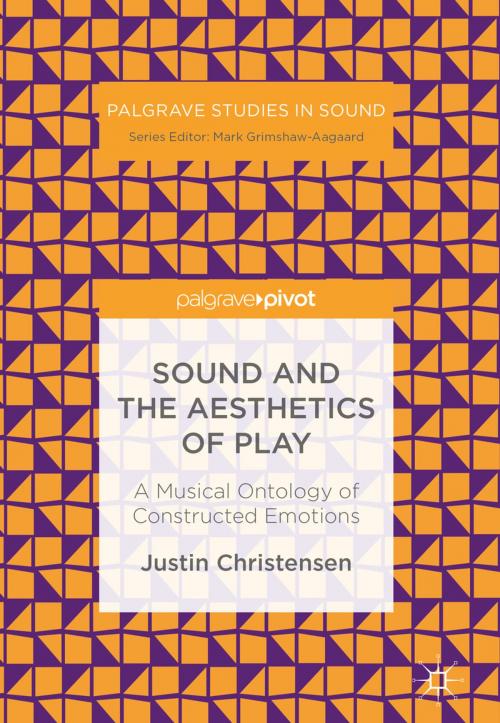Sound and the Aesthetics of Play
A Musical Ontology of Constructed Emotions
Nonfiction, Health & Well Being, Psychology, Emotions, Social & Cultural Studies, Social Science, Sociology| Author: | Justin Christensen | ISBN: | 9783319668994 |
| Publisher: | Springer International Publishing | Publication: | December 8, 2017 |
| Imprint: | Palgrave Macmillan | Language: | English |
| Author: | Justin Christensen |
| ISBN: | 9783319668994 |
| Publisher: | Springer International Publishing |
| Publication: | December 8, 2017 |
| Imprint: | Palgrave Macmillan |
| Language: | English |
This book is an interdisciplinary project that brings together ideas from aesthetics, philosophy, psychology, and music sociology as an expansion of German philosopher Hans-Georg Gadamer’s theory on the aesthetics of play. This way of thinking focuses on an ontology of the process of musicking rather than an ontology of discovering fixed and static musical objects. In line with this idea, the author discusses the importance of participation and involvement in this process of musicking, whether as a listener or as a performer. Christensen then goes on to critique and update Gadamer's theory by presenting incompatibilities between it and recent theories of aesthetic emotions and embodiment. He proposes that emotions are ‘constructed’ rather than ‘caused’, that the mind uses a system of ‘filters’ to respond to sonic stimuli and thus constructs (via play) aesthetic feelings and experiences. In turn, this approach provides music with a route into the development of social capital and inter-subjective communication. This work builds on the hermeneutical steps already taken by Gadamer and those before him, continuing his line of thought beyond his work. It will be of great interest to scholars in music aesthetics as well as a variety of other music related fields, including music psychology, philosophy and science and technology studies.
This book is an interdisciplinary project that brings together ideas from aesthetics, philosophy, psychology, and music sociology as an expansion of German philosopher Hans-Georg Gadamer’s theory on the aesthetics of play. This way of thinking focuses on an ontology of the process of musicking rather than an ontology of discovering fixed and static musical objects. In line with this idea, the author discusses the importance of participation and involvement in this process of musicking, whether as a listener or as a performer. Christensen then goes on to critique and update Gadamer's theory by presenting incompatibilities between it and recent theories of aesthetic emotions and embodiment. He proposes that emotions are ‘constructed’ rather than ‘caused’, that the mind uses a system of ‘filters’ to respond to sonic stimuli and thus constructs (via play) aesthetic feelings and experiences. In turn, this approach provides music with a route into the development of social capital and inter-subjective communication. This work builds on the hermeneutical steps already taken by Gadamer and those before him, continuing his line of thought beyond his work. It will be of great interest to scholars in music aesthetics as well as a variety of other music related fields, including music psychology, philosophy and science and technology studies.















